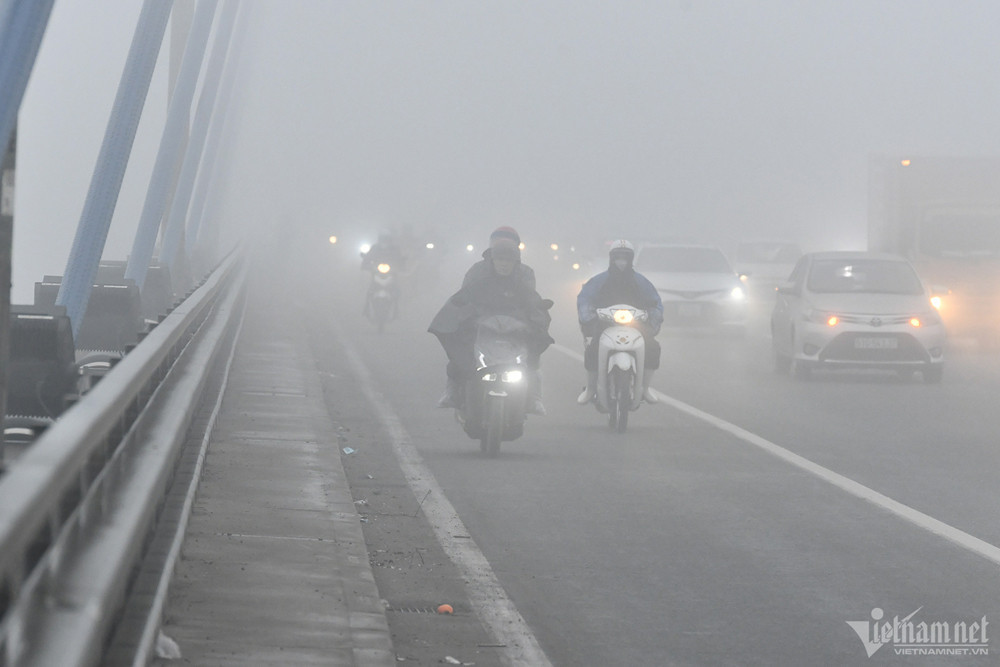
From February 12 to 16, areas including southern Son La, Hoa Binh, and the eastern provinces of Northern Vietnam will experience early morning and nighttime drizzle, fog, and humid conditions. Cold weather will persist, with some mountainous areas facing severe cold spells.
Cold air and changing weather patterns
According to the National Center for Hydro-Meteorological Forecasting (NCHMF), a strong cold front that arrived on February 7 has caused severe cold and frost across Northern Vietnam.
These conditions will continue through February 10, after which temperatures will gradually rise.
Between February 10 and 11, light rain is expected in some areas, with scattered fog in the early morning. By midday, skies will clear up, but cold weather will persist. In high-altitude regions, frost and icy conditions may occur.
From February 11 onward, the weather will remain cold, with some mountainous areas experiencing severe cold spells.
Starting February 12, Lao Cai, Yen Bai, southern Son La, Hoa Binh, and the eastern region of Northern Vietnam will see drizzle, fog, and persistent cold temperatures. Meanwhile, the northwestern region will experience clearer skies and sunshine during the day.
Prolonged high humidity expected in Northern Vietnam
Nguyen Van Huong, head of the Weather Forecasting Department (NCHMF), warned that high humidity and damp conditions will persist in Northern Vietnam from late February until April.
These humid periods typically last between 3 to 5 days, sometimes extending for an entire week. The phenomenon only subsides when a northeast monsoon arrives.
Due to the climate cycle, February remains part of the winter season, meaning cold air continues to impact Vietnam. However, towards the end of February, dry air will be replaced by a moist air mass, causing an increase in drizzle, fog, and damp conditions, particularly in Hanoi.
From late February to April, humidity levels in Northern Vietnam are expected to remain above 85%, leading to persistent moisture in homes, buildings, and daily-use items.
Experts warn that excessive humidity can cause difficulties in daily activities and negatively affect respiratory health, especially for children and the elderly.
High humidity creates a favorable environment for allergens and respiratory pathogens, increasing the risk of allergic reactions and respiratory infections.
Weather forecasts for other regions
North Central Vietnam: Cold and rainy in some areas
Severe cold in mountainous regions
Drizzle and morning fog from February 12–14
Central Vietnam (Mid and South Central Regions): Rain and scattered thunderstorms from February 8–10, Light rain from February 11–14, Potential strong winds and tornadoes in thunderstorms
Central Highlands & Southern Vietnam: Sunny days, Light rain and isolated thunderstorms in the evening and nighttime through February 14
Hanoi: Light rain and severe cold through February 10
From February 12–14, expect drizzle, fog, and persistent dampness, with cold temperatures in the morning and evening.
Bao Anh